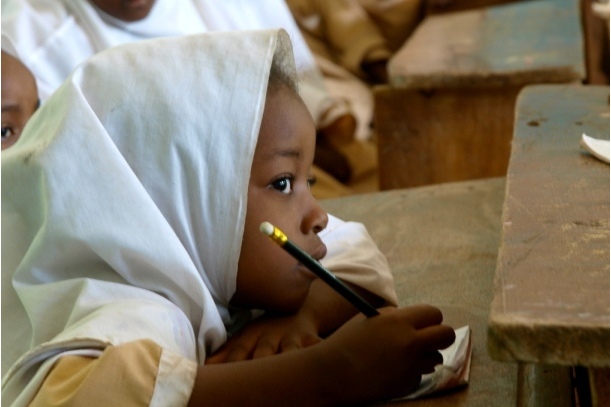Tracking aid flows for early child development

Summary
259 foundations and 43 donor agencies invested $16 billion in ECD in East Africa since 2008.
A tool that maps the flow of donor aid in the area of early child development (ECD) in East Africa was launched last month in the United States.
The tool, which was developed by the New York-based non-profit organization, Foundation Center, maps aid flows in eight key areas of early child development, namely, maternal and child health; childcare and orphans; early education; economic and food security; nutrition; protection and policy; water, hygiene and sanitation as well as diseases and research.
The focus areas were determined by a group of experts based on existing frameworks by Brookings Institute, World Health Organisation, UNICEF and UNESCO.
As of the time of the launch on July 22, Foundation Center, which is the leading source of information on global philanthropy, said 259 foundations and 43 bilateral or multilateral donor agencies invested $16 billion in ECD in East Africa since 2008.
Information on donor funding from 2008-2013 was obtained by the researchers from the Organization for Economic Cooperation and Development (OECD).
Nina Sporer, the manager of strategic philanthropy at Foundation Center, told SciDev.Net -- a leading source of news and information about science and technology for global development -- that the data used for the map came from sources such as US Internal Revenue Service tax returns, direct grants reporting data from foundations, foundation websites and other public sources.
With a grant of $50,000 from the Netherlands-based Bernard van Leer Foundation, the development of the map began in September 2014. The developers received an additional $50,000 from the Foundation in June 2015 to keep updating the mapping tool.
With this tool, there is information on which donor agencies are providing how much aid in ECD and other areas in this region. Sporer notes that the tool’s focus on the East Africa region is because the Dutch funder operates in East Africa. The developers hope to continue to enhance the value of the tool as they add new streams of data and position the tool as an important source of data on ECD.
“This tool will help jumpstart conversation and greater collaboration among private donors,” Lisa Bohmer, a senior programme officer for international programmes at the US-based Conrad N. Hilton Foundation, told SciDev.Net.
One shortcoming in the online tool, however, is its inability to provide information on instances where grants target more than one country and applies to multiple categories.
In admitting that challenge, Sporer said: “We don’t have sufficient information at this time to say (for instance) what percentage of a grant went to early education compared to water, sanitation and hygiene or to Ethiopia compared to Kenya.”
Foundation Center updates data on the map on a weekly basis.
Related
-
What Ould Tah’s tenure at BADEA reveals about his AfDB candidacy
For the AfDB to remain credible in the evolving development finance environment, as it has successfully done under the ...
-
AfDB appoints Nigerian scholar as Director for Climate Change and Green Growth
Anthony Nyong led the development and implementation of AfDB’s first Climate Change Action Plan (2011-2015).
-
AfDB, Islamic Development Bank sign $2 billion deal to fund SMEs, energy projects
The AfDB and IsDB have co-financed projects valued at over $2.5 billion between 2002 and 2016.










